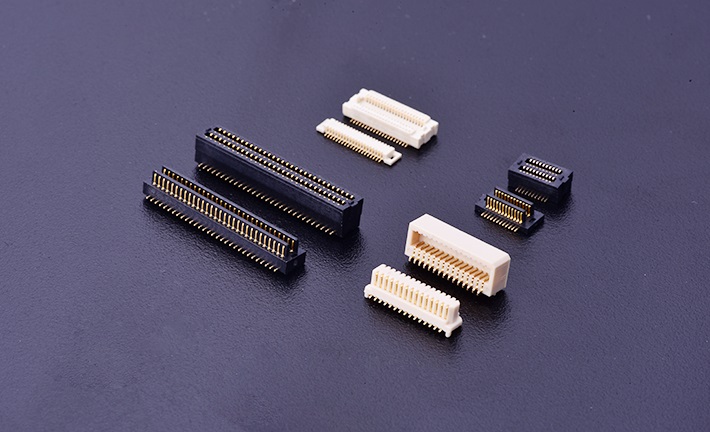Board-to-board connectors and pin/female headers are common electronic components, and the application fields are very wide. The board-to-board connectors mainly face the following kinds of pressures:
1. The threat of new entrants
Entry barriers mainly exist in board-to-board connectors with different advantages and economies of scale, while there are no special requirements for sales channels, capital requirements, conversion costs, and cost advantages. But the high growth potential of connectors in communications, railways, energy, and industry is attracting more and more new entrants.
2. The threat of alternatives
The main replacement for connectors is the terminal block. In the connector market, the board-to-board connector is less threatened by alternatives because the connector is developed from the terminal block for convenient, fast, error-free insertion and removal of the cable. In the low-end market, connectors are more threatened by alternatives. When the buyer is under pressure from the cost, they will choose quality and cheap terminals.

3. The threat of the buyer
The buyer of the connector is the product and equipment supplier, and the buyer's concentration is high: the buyer's product purchased from the industry is about 10% of its total cost; the degree of standardization of the buyer's purchase from the industry is increasing: the buyer's profitability There is a downward trend; the buyer has the ability to carry out backward integration; the information of both parties is more transparent; therefore, all this makes the buyer's bargaining power higher and higher.
4. Supplier threats
The suppliers of connectors are suppliers of aluminum, copper, silver and gold; suppliers of raw materials such as engineering plastics. The concentration and standardization of the seller's industry is relatively high; the transaction volume of buying a house is very large; the degree of product differentiation is small; the cost of converting the seller is relatively small; the possibility of forward integration is not significant; the information of both parties is quite transparent; In other words, the seller’s bargaining power is relatively low, and the existing companies can still maintain considerable profit margins between the buyer and the seller.